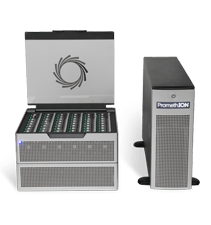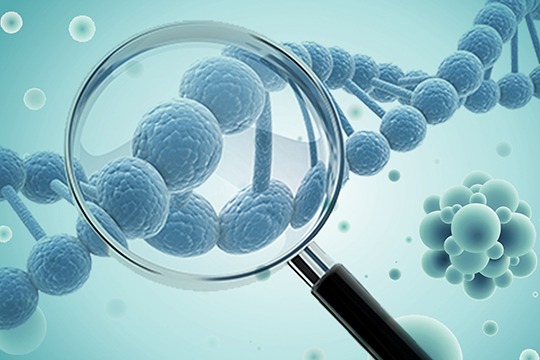Research Services
Novogene aims at providing optimal solutions to meet our customers’ diverse research goals. With the aid of large-scale sequencing platforms (Illumina, PacBio, Nanopore and 10x Genomics) and a professional bioinformatics team, Novogene is capable of delivering high-quality Next Generation Sequencing (NGS) services including:
Technology
Sequencing Platform
-
ILLUMINA
NovaSeq X Plus
System specifications:3Tb - 16 Tb output range per run, 20 - 52 billion paired end reads per run, 10B and 25B flowcell available, unmatched precision
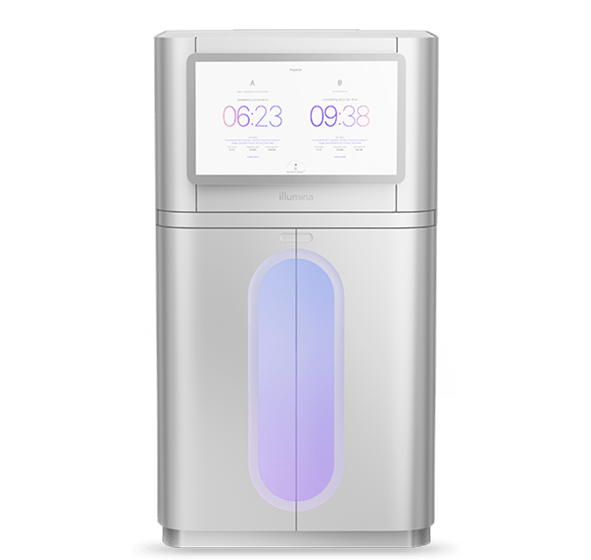
-
ULTIMA
UG100 Solaris
System specifications:3Tb output, 10B reads per run with single-end 300bp sequencing mode
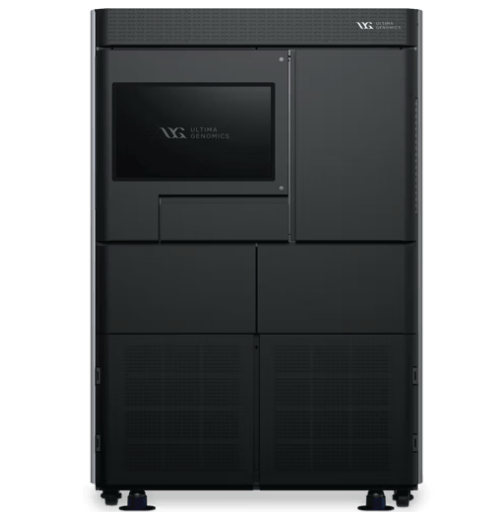
-
PACBIO
PacBio Revio System
System specifications:N50>15kb, 90% of bases ≥Q30, 90Gb HiFi yield / SMRT Cell, 360Gb HiFi yield / run, 24-hour run times etc.
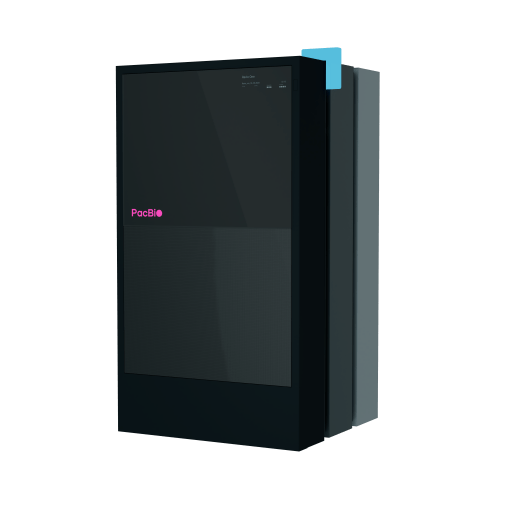
-
PacBio
PacBio Sequel II/IIe System
System specifications:N50>15kb, read lengths up to 25kb (CCS), >99.999% (QV50) consensus accuracy, even coverage across high-GC/repeat regions and base modifications detection. Direct access to HiFi reads for PacBio Sequel IIe only
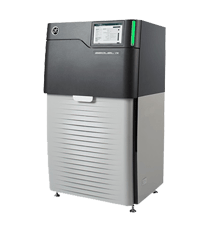
-
Nanopore
Nanopore PromethION
System specifications:Ultra-long reads up to 2Mb, high yields for large genomes, REAL real-time and accessible for flexible budgets.
